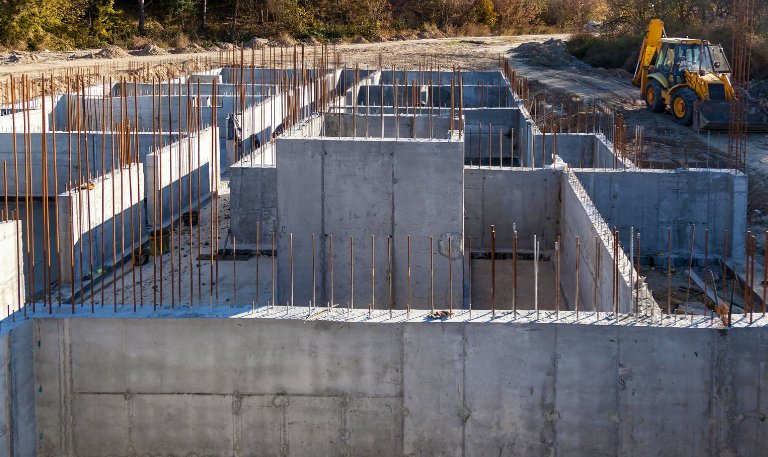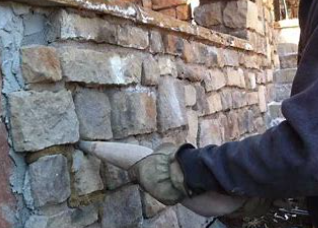Choosing The Right Size: Your Essential Concrete Lintel Size Guide
Choosing the right size for a concrete lintel is a critical decision that can significantly impact the structural integrity of a building. Concrete lintel size is not just a matter of aesthetics; it determines how well the structure can bear loads, resist environmental pressures, and meet safety standards. For construction professionals, architects, and engineers, selecting the proper concrete lintel size requires a careful analysis of load requirements, span measurements, and compliance with building codes.
Understand the Load Requirements to Determine Lintel Size
To determine the correct concrete lintel size, it is needed to understand the load requirements of the structure. Loads include both dead loads, which are the weight of the structure itself, and live loads, which consist of the weight of occupants, furniture, and environmental factors like snow or wind.
Construction professionals can choose a lintel, via a load table, that provides adequate support, preventing structural failure. Proper load assessment helps in designing a building that is not only safe but also efficient, ensuring longevity and compliance with safety standards.
Measure the Span Accurately to Ensure Proper Lintel Fit
Accurate span measurement is crucial for selecting the correct concrete lintel size. The span is the distance between the supports, and knowing this measurement helps in choosing a lintel that fits perfectly without compromising the structure’s integrity.
Inaccurate measurements can lead to improper lintel installation, leading to structural weaknesses and potential hazards. Construction professionals must use precise tools and techniques to measure the span so that the chosen lintel aligns with the architectural design and structural needs.
Consider Building Codes and Regulations for Lintel Sizing
Building codes and regulations play a vital role in determining the appropriate concrete lintel size. These codes bring guidelines for construction practices, securing safety and uniformity across different projects.
Construction professionals must adhere to these regulations when selecting lintel sizes, considering factors such as load-bearing capacity, fire resistance, and material specifications. Building codes serve as an essential reference, guiding architects and engineers in making informed decisions about lintel sizing.
Assess the Wall Thickness to Choose the Correct Lintel
The wall thickness is a key factor in selecting the correct concrete lintel size. Different wall types, such as cavity walls or solid walls, require specific lintel dimensions to guarantee proper support and alignment. Assessing the wall thickness helps construction professionals choose a lintel that complements the wall structure, providing stability and strength.
A mismatch between the lintel size and wall thickness can lead to structural imbalances and potential failures. Carefully evaluating wall thickness, architects and engineers can select a lintel that integrates seamlessly with the building design, enhancing overall structural integrity.
Factor in Environmental Conditions for Selecting Durable Materials
Environmental conditions must be considered when selecting concrete lintel sizes and materials. Factors such as climate, exposure to moisture, and corrosive elements can affect the durability and performance of a lintel.
In areas prone to harsh weather, construction professionals must choose materials that deliver resistance to environmental stresses. Factoring in these conditions, architects and engineers can select lintels that give long-lasting performance, reducing maintenance costs and securing safety.
Consult Structural Engineers for Professional Lintel Size Recommendations
Consulting a structural engineer is essential for obtaining professional recommendations on concrete lintel sizes. Engineers possess the expertise to analyze various factors, such as load distribution, material properties, and structural dynamics, to recommend the best lintel size.
Collaborating with structural engineers, construction professionals can make informed decisions that enhance the building’s structural integrity and performance. Professional consultation provides a reliable foundation for selecting lintel sizes that meet project-specific needs.
Choose Between Precast and Custom Lintels Based on Project Needs
Choosing between precast and custom lintels depends on the specific requirements of a project. Precast lintels offer uniformity and convenience, making them suitable for standard applications. Custom lintels, on the other hand, bring flexibility to design, allowing for tailored solutions that meet unique architectural needs.
Construction professionals must weigh the pros and cons of each option, considering factors such as cost, lead time, and design specifications. By evaluating the project’s requirements, architects and engineers can select the appropriate lintel type, ensuring alignment with the overall construction goals and design aesthetics.
Choose Concrete Lintels and Building Materials at Ernest Maier
At Ernest Maier, we have a wide range of high-quality concrete lintels tailored to meet diverse construction needs. Our materials are designed to withstand environmental challenges, providing durability and strength. We pride ourselves on offering innovative building materials that align with modern construction standards. Explore our comprehensive product selection to find the perfect solutions for your next project. At Ernest Maier, we are committed to delivering excellence and quality in every aspect of construction.

Sales- Lintel and RebarDoug Clarke
Latest News

4 Ways To Reinforce Concrete
Concrete is one of the most fundamental materials used in construction. If you’re working on a domestic project or a […]

The Environmental Benefits Of Using Ready-Mix Concrete
The construction industry is changing quickly to meet the growing demand for sustainability and eco-friendly practices. One of the most […]

6 Essential Tips For Grouting Stone Veneer
Grouting stone veneer is an important step in the installation process that can significantly impact the overall look and durability […]

Should You Fill Hollow Concrete Blocks?
Hollow concrete blocks are widely used in construction due to their strength, versatility, and lighter weight compared to solid blocks. […]
